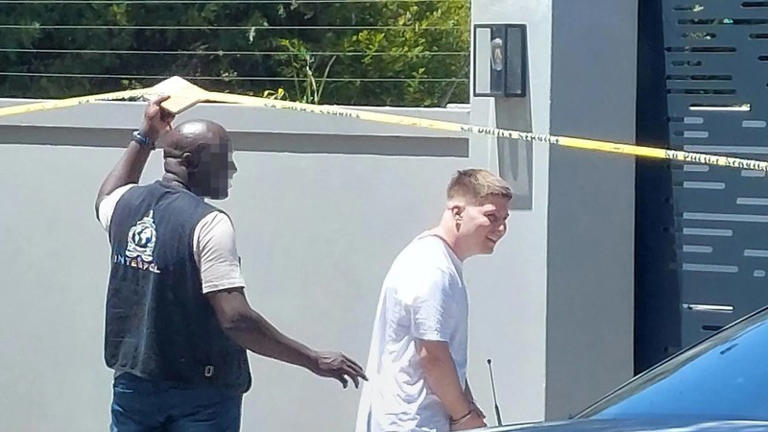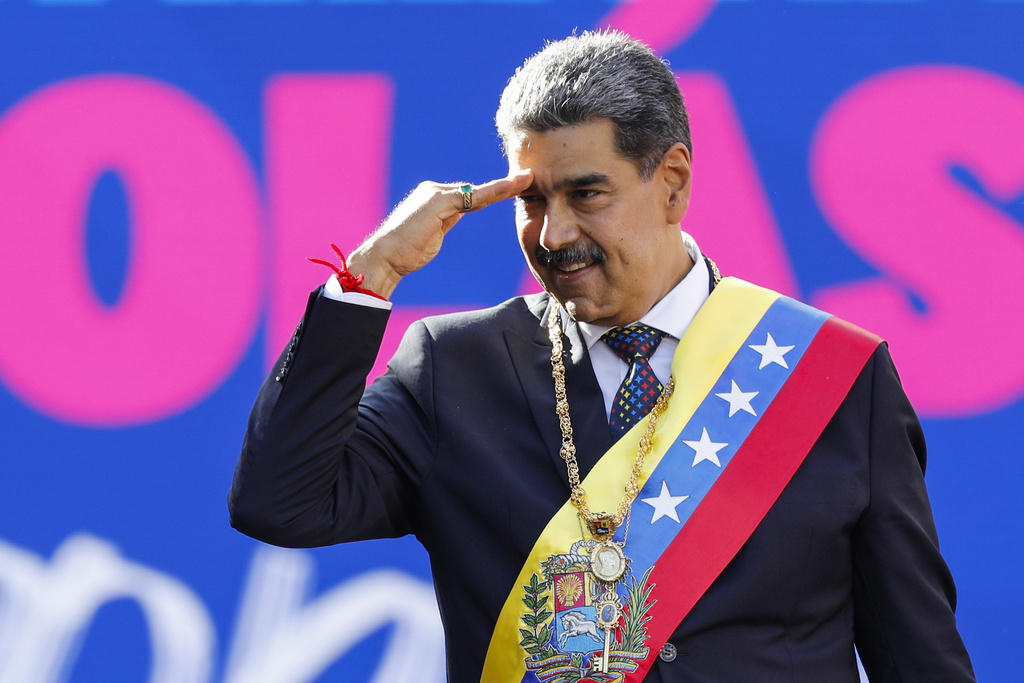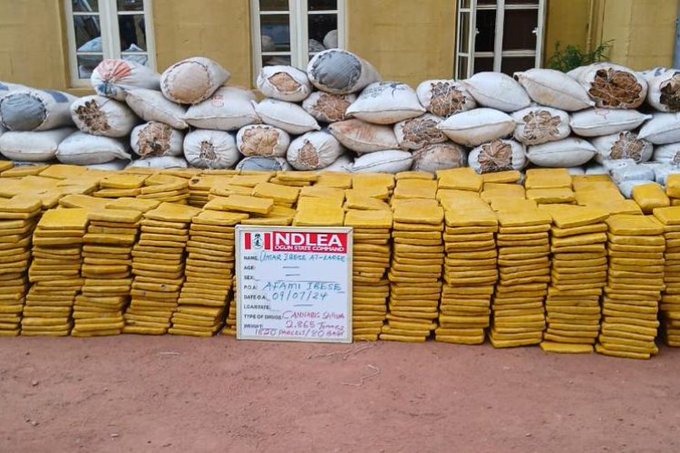Venezuelan drug boat strike: What it means and what to know
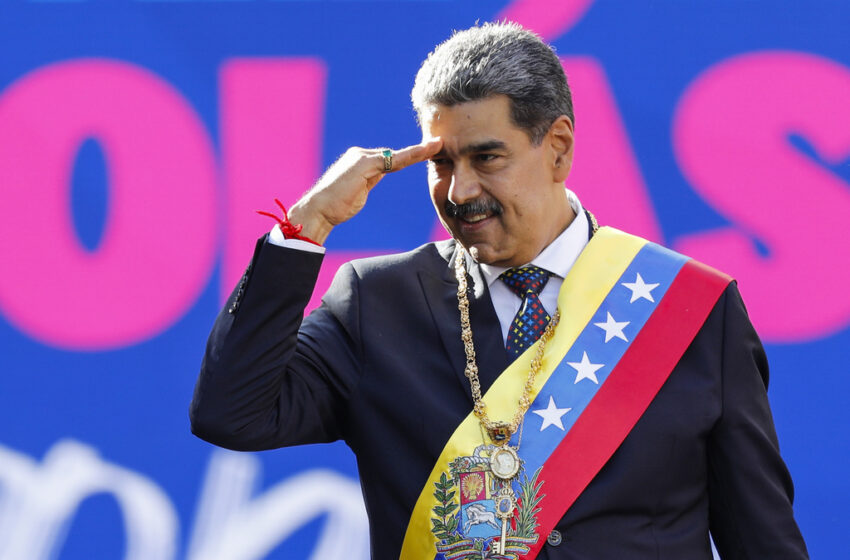
Venezuelan President, Nicolás Maduro salutes supporters on his inauguration day for a third term at Miraflores presidential palace in Caracas, Venezuela, Jan. 10, 2025. (AP Photo/Cristian Hernandez)
The U.S. military launched a targeted strike on a Venezuelan drug boat in international waters of the southern Caribbean, killing 11 people on board. According to President Donald Trump, the vessel was carrying illegal narcotics bound for the United States and was linked to one of Venezuela’s most notorious gangs. The incident was broadcast widely after Trump shared drone footage of the strike on Truth Social, showing the vessel exploding in flames following what appeared to be a missile or drone hit.
The strike underscores Washington’s willingness to take direct, lethal action against what it identifies as “narco-terrorism.” Officials framed the operation as necessary to protect U.S. borders from transnational crime. However, the dramatic footage and the decision to bypass capture in favor of destruction raised questions about the rules of engagement and the message it sends to cartels operating across Latin America.
Who Were Those on Board, and Why Them?
Authorities have alleged the individuals killed were part of Tren de Aragua, a sprawling Venezuelan criminal syndicate recently designated a terrorist organization by the U.S. The gang has been tied to drug trafficking, extortion, human smuggling, and violence throughout South America, making it a top target for U.S. intelligence.
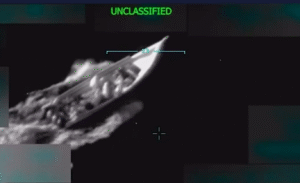
President Trump went further, directly linking Tren de Aragua’s activities to Venezuelan President Nicolás Maduro, accusing his government of using gangs as proxies to destabilize the region and profit from illicit trade. Caracas has rejected these accusations, branding the U.S. strike an act of aggression. The competing narratives highlight how this single incident reflects a much broader geopolitical battle, where organized crime, politics, and foreign policy collide.
Rising Tensions and U.S. Military Buildup
The operation comes amid an unprecedented U.S. military buildup in the Caribbean. Washington has deployed several warships, a nuclear-powered submarine, thousands of service members, and advanced surveillance aircraft as part of a counternarcotics campaign. Officials argue this is a necessary step to intercept maritime drug routes that continue to funnel narcotics into North America.
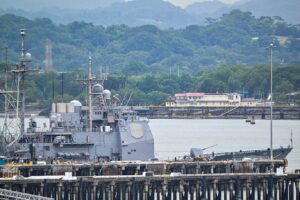
For regional analysts, however, the strike could be seen as a warning shot. It signals a more aggressive U.S. approach, one that blurs the line between law enforcement and warfare. Critics fear the military escalation risks provoking retaliatory action or even accidental clashes with Venezuelan forces, raising concerns about the stability of the region.
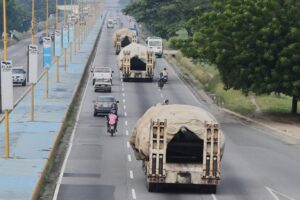
READ ALSO
Venezuela responds to U.S. warship deployment with Militia mobilization: What to know
Nicolás Maduro: Why the U.S. is offering a $50 Million bounty for the Venezuelan President
Escalation in U.S.–Venezuela Relations
The Venezuelan government strongly condemned the strike, accusing Washington of violating international law and further militarizing its approach to foreign relations. Maduro’s allies have suggested the move is part of a long-standing effort to destabilize his administration, particularly at a time when Venezuela faces international scrutiny over human rights and governance.
Meanwhile, the U.S. has doubled down on its stance, portraying the operation as part of its broader war on drugs and terrorism. The clash of narratives not only raises diplomatic tensions but also leaves neighboring Caribbean nations caught in the middle, as they face the potential spillover effects of heightened U.S. military activity so close to their shores.
Legal and Ethical Debate Over the Strike
The decision to destroy the boat and kill those aboard without any attempt at capture has fueled debate among international legal experts. Human rights groups have questioned whether such operations respect international law, given the lack of transparent evidence about the vessel’s contents. Critics argue that traditional law enforcement should have been prioritized, while others see the strike as a dangerous precedent for extrajudicial actions in counternarcotics missions.
Supporters of the strike contend that high-speed drug vessels pose unique risks and that capture operations are often too dangerous for U.S. forces. Still, the framing of the incident as “narco-terrorism” rather than a drug bust highlights the U.S. administration’s evolving strategy, one that increasingly resembles counterterror operations more than conventional policing.
A Turning Point in Counternarcotics Strategy
The Venezuelan drug boat strike marks a defining moment in the U.S. approach to fighting narcotics trafficking. By deploying military force in such a public and dramatic fashion, Washington has sent a message that it is willing to escalate its tactics far beyond traditional interdiction methods.
Yet the consequences remain uncertain. While the operation may deter some smugglers, it also risks inflaming U.S.–Venezuela tensions and destabilizing a region already fraught with economic and political challenges. For now, the strike stands as both a showcase of American military power and a reminder of the delicate balance between security and legality in the global war on drugs.


